Representational art refers to art that represents something, whether that be a tree in a landscape, apple in a still life, or figure in a portrait. Or in other words, it is art that is clearly identifiable as something which already exists in life.
Below are some examples of representational art, starting with a watercolor by John Singer Sargent which represents a white ox:
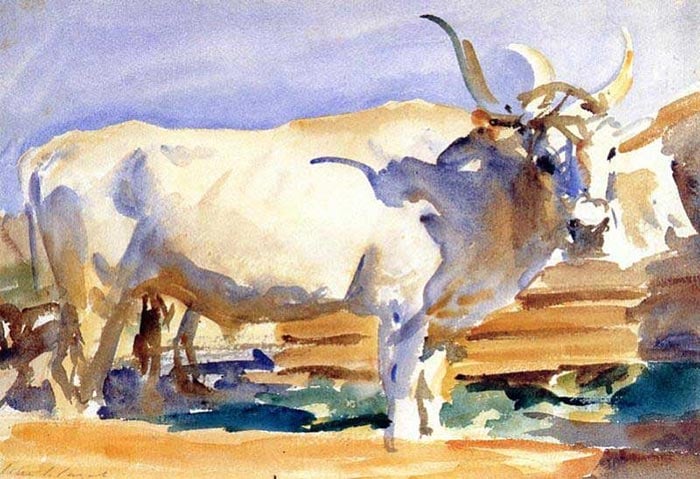
The painting below by Joaquín Sorolla represents fisherman in Valencia.

The painting below by Paul Cézanne represents apples on a table.
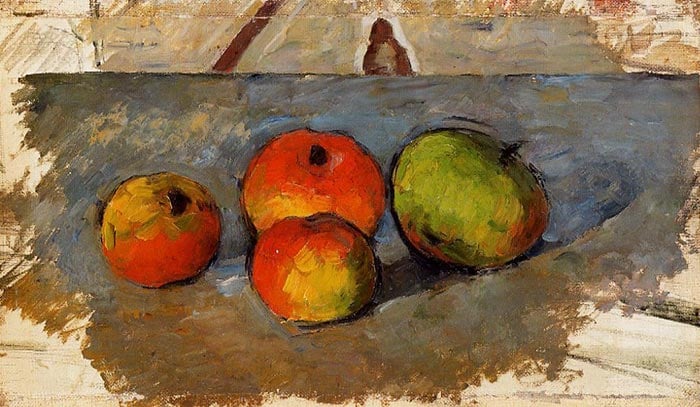
Representational art does not need to be a completely realistic depiction of the subject; there will often be varying levels of abstraction. For example, the Impressionists painted with loose brushwork and simplified forms, often far from a realistic depiction, but their work can still be identifiable as something which already exists. The painting below by Claude Monet is loose and vague, but it still clearly represents a bridge, boats, and distant buildings in an ambient seascape.

The opposite of representational art is complete abstraction, where the lines, colors, and shapes themselves are the focus of the artwork, rather than any existing thing. This is known as non-representational art.
The painting below by Wassily Kandinsky is a great example. Kandinsky may well have intended for this composition to represent something which already exists, but the abstraction is so extreme that to most people, it is just an assortment of lines, colors, and shapes.

The painting below is extremely abstract, however, it is still representational of something I will let you guess what (the name of the painting gives it away). It is not what you would typically associate with representational art, but there is an argument for it.
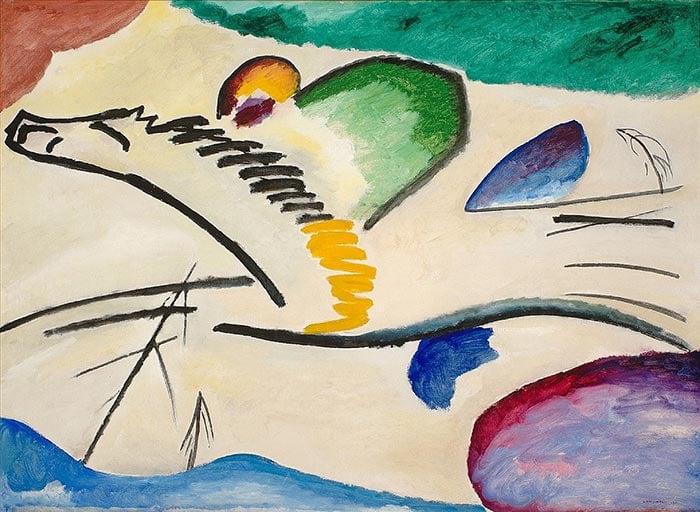
The more realistic depiction of the rider below is more typical of representational art. Kandinsky went through many changes in style during his lifetime, as you can see from this painting and the two prior. This provides an interesting study in the levels of abstraction, from complete abstraction (non-representational art) to more representational works.

The line which separates representational art from non-representational art is still a gray area (art will always be partly subjective by nature). But this post should give you a general idea of what the term means.
Want to Learn More?
You might be interested in my Painting Academy course. I’ll walk you through the time-tested fundamentals of painting. It’s perfect for absolute beginner to intermediate painters.
Thanks for Reading!
I appreciate you taking the time to read this post and I hope you found it helpful. Feel free to share it with friends.
Happy painting!
Dan Scott

Draw Paint Academy

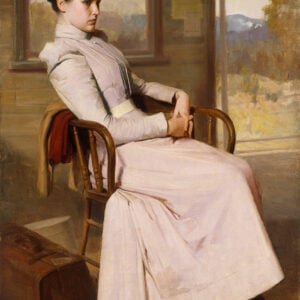
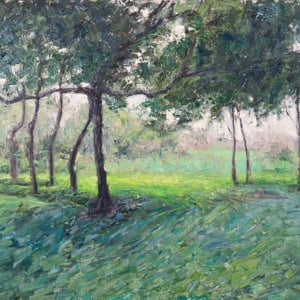
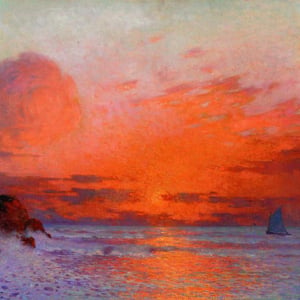

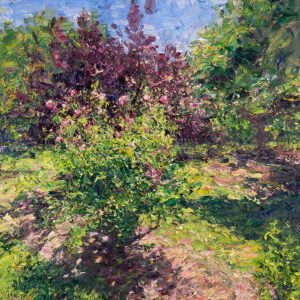
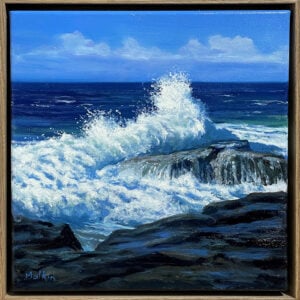
I have been attempting to paint a pic of the old barn on the family farm where i grew up! I just cant seem to come up with a color that resembles old barn wood – some shade of gray – but striated- nothing seems to be quite right!!
It’s fascinating how artists like Kandinsky navigated between representational and abstract art. It got me thinking, how do artists decide when to lean more toward realism or abstraction in their works? Is it a conscious choice or more of an instinctive process?
This was so helpful Dan. I didn’t see it 2019. I was struggling with the definition of representational art!!